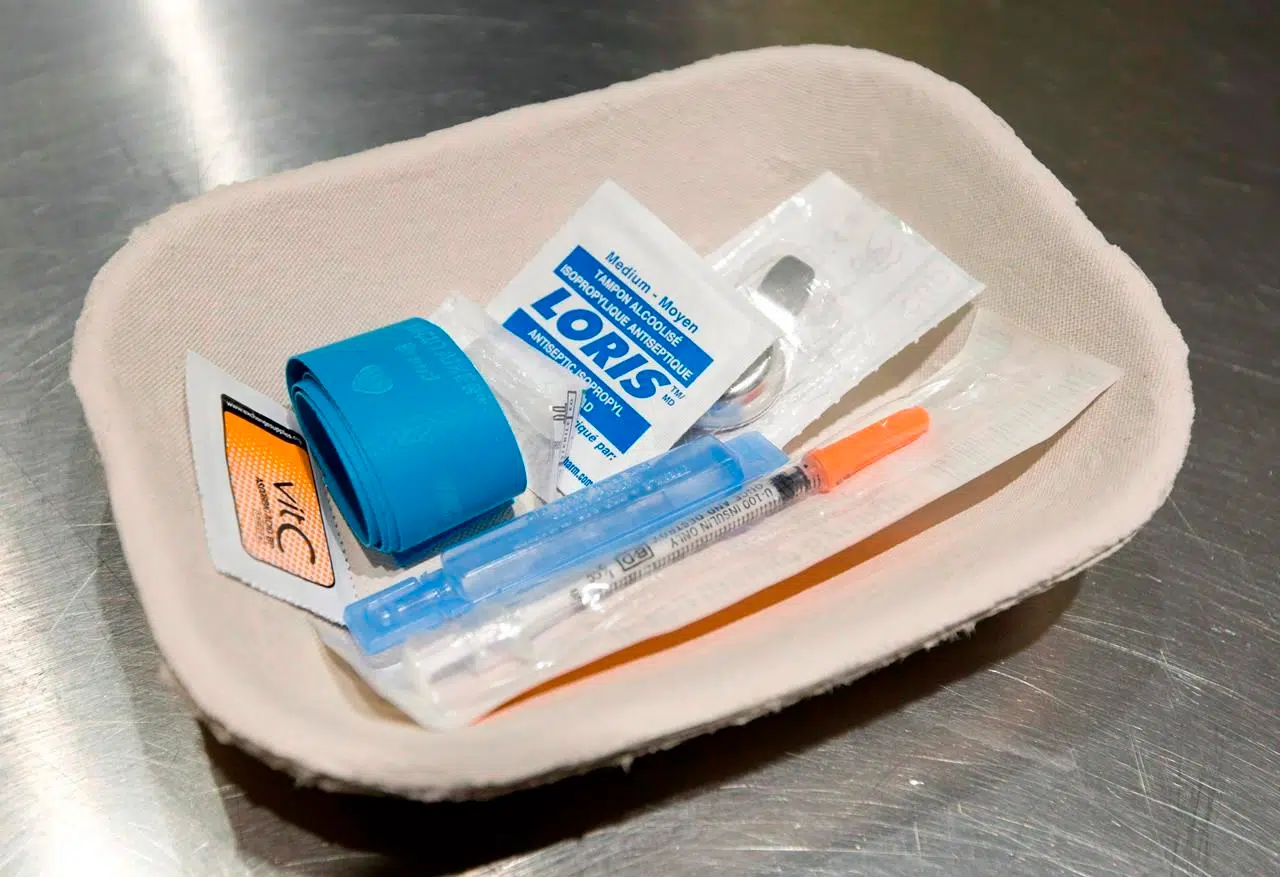
Feds ease rules on supervised drug injection sites, mail inspections at border
OTTAWA — The federal government is adopting a public-health approach to its drug control strategy, Health Minister Jane Philpott said Monday as she unveiled proposed new measures that would open the door to more supervised injection sites in Canada.
Newly tabled legislation would, if passed, eliminate 26 strict requirements for new “consumption” sites put in place by the previous Conservative government, all within parameters set out by the Supreme Court, Philpott said.
“We need to take swift action on the opioid crisis to save lives,” she told a news conference in the foyer of the House of Commons, describing the current fentanyl crisis as national in scope.
“We must confront the fact there will be no quick reversal of the current situation.”


